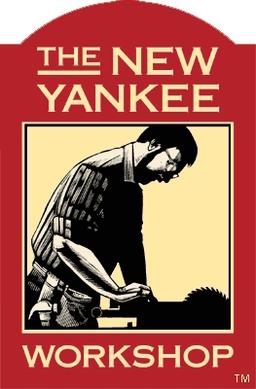Finishing a project for outdoor use is really a bit of a balancing act between looking like wood and looking like plastic. Something like a hard-wax oil (or even just boiled linseed oil) maintains the look of the wood but provides little protection against the elements. On the opposite side, paint will provide fairly good protection… but lets be honest, paint is really only appropriate for plywood.
I finished two pieces of outdoor furniture a few months ago; both were made from Alder. For the finish, I ended up with 2 (maybe 3) coats of matte spar urethane. It gives good protection (it’s originally for marine use), but it doesn’t significantly alter the look of the wood. You can certainly tell it’s a film finish, but (at least to my eye), it doesn’t have the “plastic” look you get from a glossy poly or an epoxy finish. There’s a bit of a shine to it, but it’s fairly minimal, even in direct sunlight. So far, both pieces are holding up well, and they’ve been subjected to a range of temperatures and heavy rain. I hate film finishes, but the next time I build something for outdoor use, I’ll probably use it again.
It’s also worth considering what kind of wood you’re using and how you want the piece to age. Something like cedar is naturally rot-resistant, but it will develop a grey “patina” over time. I have read that Sapelle is very good for outdoor furniture with no finish, but I haven’t used it myself. Personally, I’m not a huge fan of the “weathered” look, but a lot of people really like it. My girlfriend wanted a bird house a few years ago, and I made it from a simple white cedar with no finish whatsoever. It has definitely turned grey, but it’s just as structurally solid as when I first built it.
I think it depends on how much you are willing to maintain it and if you are flexible on the types of materials you use. Where you live will have a significant impact as well, if you live near the sea up north then you are going to have a harder time than if you live inland in the south.
BLO works but you will have to maintain it regularly and how regularly depends on the weather.
You can use specific wood types that work well outside; pressure treated timber starts off looking a blue/green colour but fades to a silver and won’t need looking after for a long time. Teak is the classic option for outdoor furniture as it’s naturally resistant to pests and erosion, it’s an exotic hard wood though so not the most sustainable. White oak is resistant to rot as well but isn’t easily available. . Any of these with an annual coat of BLO will probably keep them looking new, if you don’t mind them becoming more rustic then you can leave it for longer.
Recently I tried somethingon my garden beds I used on my hammers for a few years, basically I burned the wood, scrapped off the excess char, rubbed on a coat of boiled linseed oil, burned it again and repeated 2 or 3 times. I was told that was how they made the black stave churches in Europe but have looked into it and it’s not quite what they did. It leaves the wood black obviously but it lasts longer than paint( I’m not planning to touch it again for 5 years and even then likely won’t replace anything), and looks way nicer in my opinion.
That’s a great idea. If I recall, there’s a similar type of finish in Japanese woodworking called shou sugi ban and it looks stunning.
Shou sugi ban is the trademarked name, but a lot of people use this term because that’s the name they’ve heard. Yakisugi is the term for the technique if I remember correctly. But it is absolutely beautiful, you can find some lovely examples of outdoor furniture with this method alone and with combining yakisugi and colored wood stain.
I had not heard that term but yes you are right, thank you! I knew it was taken from a older technique by my brother and modified for my use now I know the origin!
I may have to try this. I have a number of outdoor projects coming up. How do you think this finish would work on furniture?
As long as you clean off the ash at the end I couldn’t see any issue with it, give it a light buffing to knock off any rough/loose bits and then wash them off to not stain yourself or clothes. assuming you don’t accidentally go through all of the finish it’s fine, but if you do it’s easy to make again. It does improve grip on things as well so depending on the type of furniture it might be weird, but what’s the harm in testing?
I’d love to know this too!
Personally I’ve been using General Finishes Exterior 450 water based topcoat. It’s what was recommended to me by the guys at our local Woodcraft store. I use several other general finishes topcoats and so far I haven’t had any complaints. It does take quite a long time to fully cure (about a month) but the can does say that it can be put outside in the elements after 5days of dry time.
Thanks I’ll check it out.
3-4 coats of Epifanes Marine Grade Gloss Spar Varnish followed by 1-2 coats of Epifanes Matte Varnish. Possibly the best exterior finish available.


